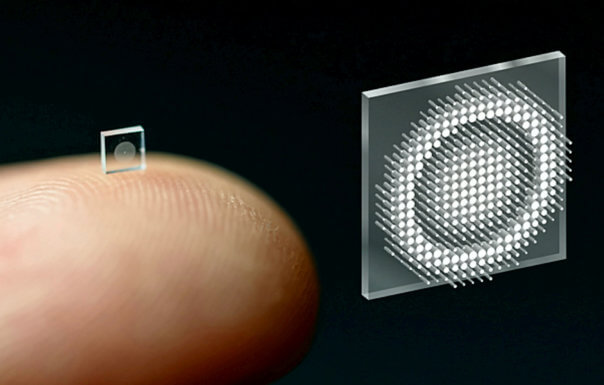
Breaking News
 Harbor Freight Coverpro 12x20 made into a Metal Building part 2
Harbor Freight Coverpro 12x20 made into a Metal Building part 2
 Brian Cole BUSTED, Halle Berry NUKES Newsom + Candace REJECTS TPUSA Challenge...
Brian Cole BUSTED, Halle Berry NUKES Newsom + Candace REJECTS TPUSA Challenge...
 I spent my Thanksgiving in the emergency rom... Medical emergencies can pop up at any time.
I spent my Thanksgiving in the emergency rom... Medical emergencies can pop up at any time.
 The "Golden Age" of Job Layoffs?
The "Golden Age" of Job Layoffs?
Top Tech News
 Build a Greenhouse HEATER that Lasts 10-15 DAYS!
Build a Greenhouse HEATER that Lasts 10-15 DAYS!
 Look at the genius idea he came up with using this tank that nobody wanted
Look at the genius idea he came up with using this tank that nobody wanted
 Latest Comet 3I Atlas Anomolies Like the Impossible 600,000 Mile Long Sunward Tail
Latest Comet 3I Atlas Anomolies Like the Impossible 600,000 Mile Long Sunward Tail
 Tesla Just Opened Its Biggest Supercharger Station Ever--And It's Powered By Solar And Batteries
Tesla Just Opened Its Biggest Supercharger Station Ever--And It's Powered By Solar And Batteries
 Your body already knows how to regrow limbs. We just haven't figured out how to turn it on yet.
Your body already knows how to regrow limbs. We just haven't figured out how to turn it on yet.
 We've wiretapped the gut-brain hotline to decode signals driving disease
We've wiretapped the gut-brain hotline to decode signals driving disease
 3D-printable concrete alternative hardens in three days, not four weeks
3D-printable concrete alternative hardens in three days, not four weeks
 Could satellite-beaming planes and airships make SpaceX's Starlink obsolete?
Could satellite-beaming planes and airships make SpaceX's Starlink obsolete?
World's tiniest camera -- the size of a grain of salt -- created by scientists

Computer scientists from Princeton University and the University of Washington say the small device they created can take crisp, full-color pictures just as well as conventional cameras which are 500,000 times bigger.
The new technology may help doctors to diagnose and treat diseases far less invasively than traditional endoscopy can today. It will also make imaging better, as thousands of tiny devices could cover the whole surface of a smartphone to become one giant camera — instead of mobile devices needing three different cameras to take pictures.
Traditional cameras use several curved glass or plastic lenses to bend light rays into focus, but the new device uses a "metasurface" which developers can make just like a computer chip. The metasurface is just half a millimeter wide and is made up of 1.6 million tiny posts, which are all shaped like cylinders but none of them look exactly the same.
When the antennae-like tiny posts interact with light, with the help of algorithms, they produce better pictures and capture a wider frame of view than any full-color metasurface camera created so far. The metasurfaces are made from silicon nitride, a glass-like material which can be manufactured easily and produced more cheaply than lenses in conventional cameras.
Older metasurfaces took poor pictures
Senior study author Dr. Felix Heide notes that a key innovation during the camera's development was figuring out how to combine the design of the optical surface with the signal processing algorithms that make an image.
The team adds that this integrated design boosted the camera's performance in natural light. Previous metasurface cameras have required the pure laser light of a laboratory or other ideal conditions in order to create high-quality images.

 First totally synthetic human brain model has been realized
First totally synthetic human brain model has been realized Mach-23 potato gun to shoot satellites into space
Mach-23 potato gun to shoot satellites into space

